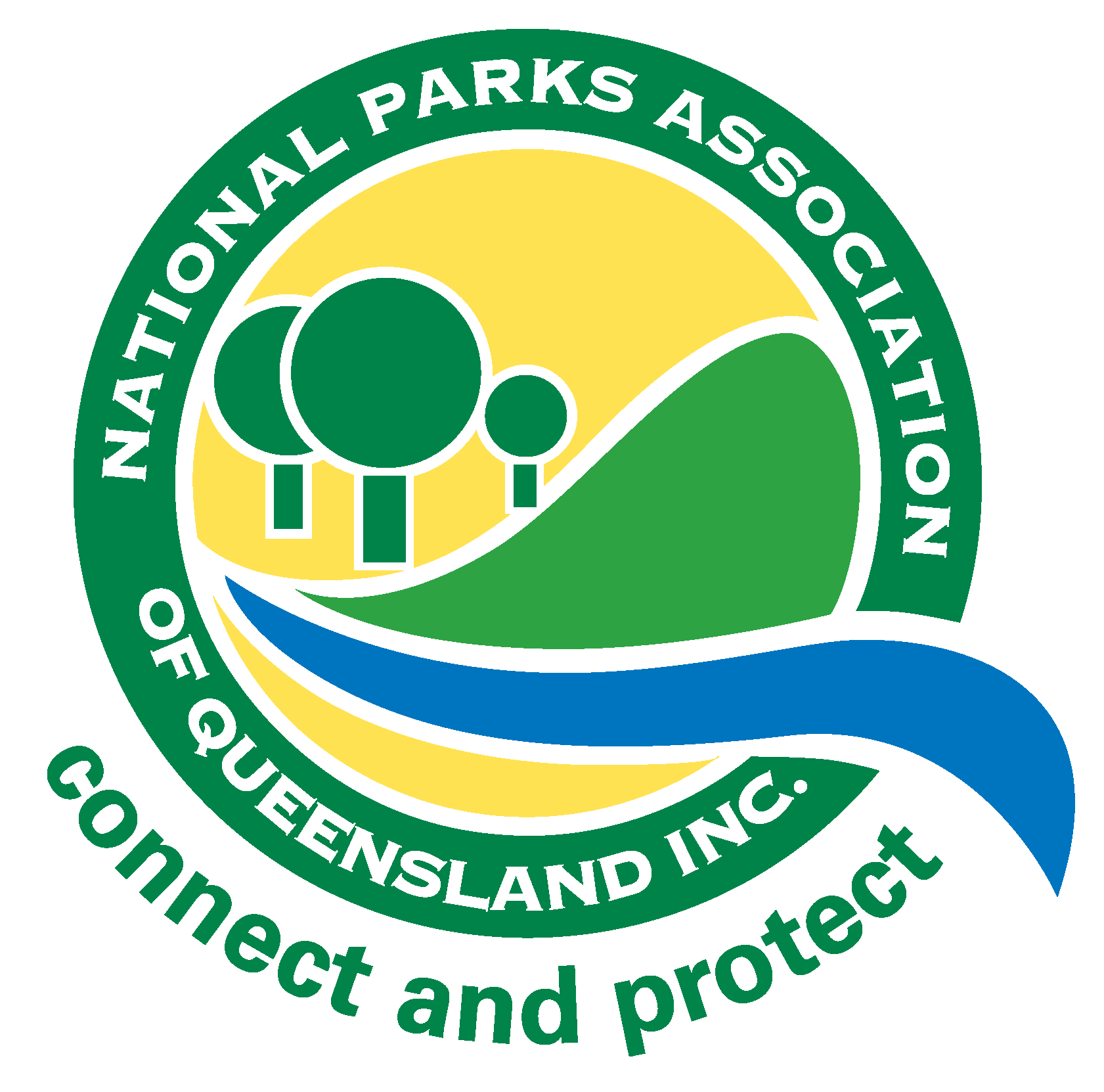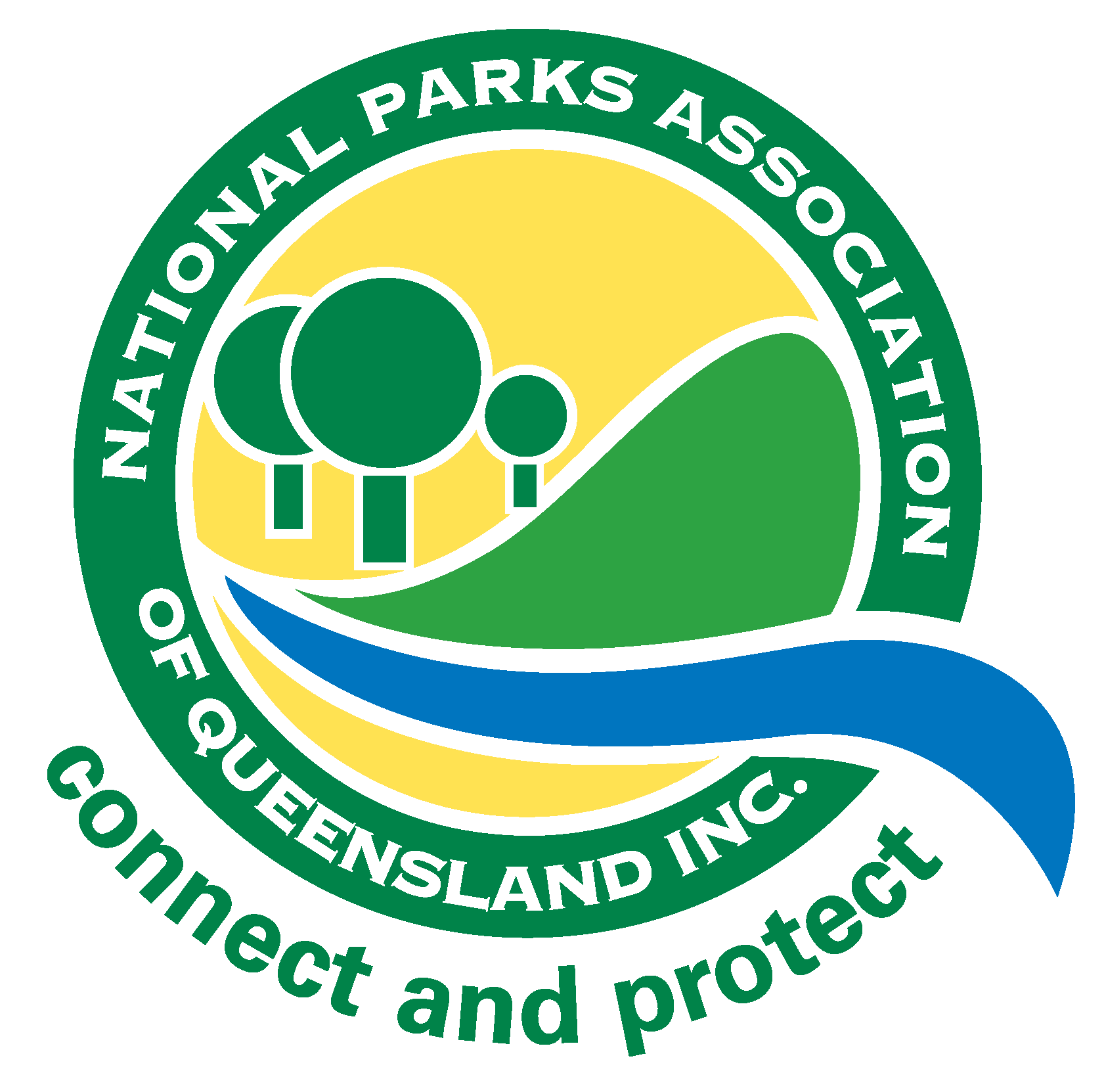Protected Magazine
Ranger Spotlight – Daley Donnelly
Ranger Daley Donnelly is passionate about conservation in Moreton Bay’s Heritage Parks and sharing the rich history of these protected areas with park visitors.
Why did you decide to become a Ranger?
My journey to becoming a Queensland Parks and Wildlife Service (QPWS) Ranger is probably a little unusual to the norm! I’d worked in educational theatre in the United Kingdom for many years and saw that history is best understood through experiential engagement. I became a tour guide on St Helena Island National Park—using role and drama—to take people back in time. I have always had an interest in history, so I then developed a similar tour at Fort Lytton National Park. Now as a QPWS Ranger, I have the great pleasure of conducting research and then developing scenarios about our past that capture the imagination of the audience.
How long have you worked in national parks?
I started as a casual Ranger in 2004. Over time I became more involved in developing education programs, school holiday programs and more diverse in-role tours for QPWS. In 2011, I accepted a full-time job as a Ranger in the Moreton Bay Heritage Parks Unit.
Which parks have you worked in?
I work at Fort Lytton and St Helena Island national parks within the Moreton Bay area. I have also worked at Teerk Roo Ra (Peel Island) and Mulgumpin (Moreton Island) national parks and have been fortunate to work in part of the World Heritage listed Gondwana land at Lamington National Park. Being a ranger with QPWS has also seen me deployed in firefighting operations on South Stradbroke Island Conservation Park, Girraween National Park, and other parks in southeast Queensland.
What is special about your current park?
Fort Lytton and St Helena Island are heritage parks. I help maintain man-made landscapes and built structures. This is quite unique for a ranger as usually in national parks managing habitat to protect native wildlife and flora take precedence over other considerations.
What visitors will see are the remnants of facilities that were built for the requirements of bygone days. The buildings have a strange beauty and a strong echo of the many people who passed through them. Their scale is very human and their settings very peaceful.
My role has been to grow visitation through interpretation that deepens the understanding of the significance of these unique heritage sites. The educational programs, school holiday programs, and night shows at these parks interpret actual events and tell the stories of soldiers who walked the grounds of Fort Lytton and the people who passed through Lytton Quarantine Station.
What is your most memorable moment as a ranger?
On Mulgumpin (Moreton Island) National Park, I ran a “go-back-in-time” tour at Cape Moreton. I was in character as the 1880s schoolteacher, Mr Ward. It was a glorious summer’s day on the wind-swept cliff, crashing waves below, the magnificent lighthouse above, and a crowd of 21st Century families waving to an imaginary 19th Century vessel approaching Moreton Bay. Seeing the group embrace the history of the place and imagine life back then, was very fulfilling.
Can you describe your favourite national parks experience?
It’s always a buzz on Fort Lytton National Park when you lead people into the fortifications for the first time and they go ‘Wow!!!’. Because the fort was built to be hidden, it looks like a hill from the outside; and most people have no idea what lies beyond the entrance. Also, taking a school party from one site to another and to hear one student say to another, ‘This is the best excursion ever!’. I also think one of my favourite experiences as a Ranger is when a student stands up and explains the significance of the national park by saying, ‘These aren’t just walls. These are memories.’ For me this is what heritage parks are all about!
What is the best part about working in a National Park?
National parks will only exist for as long as people believe they need them. So, the best part is the satisfaction of knowing my work is helping people to understand the significance of the site, and that this understanding can help preserve the national park for future generations. Working with younger participants in educational programs is a highlight and dramatizing situations to explore the past is always rewarding.
What is your top tip for visitors to your park?
Arrange to go on a guided tour or book on a program such as the Fort Lytton at Night show. That way you find out the things that aren’t in the brochures or on the signs.

